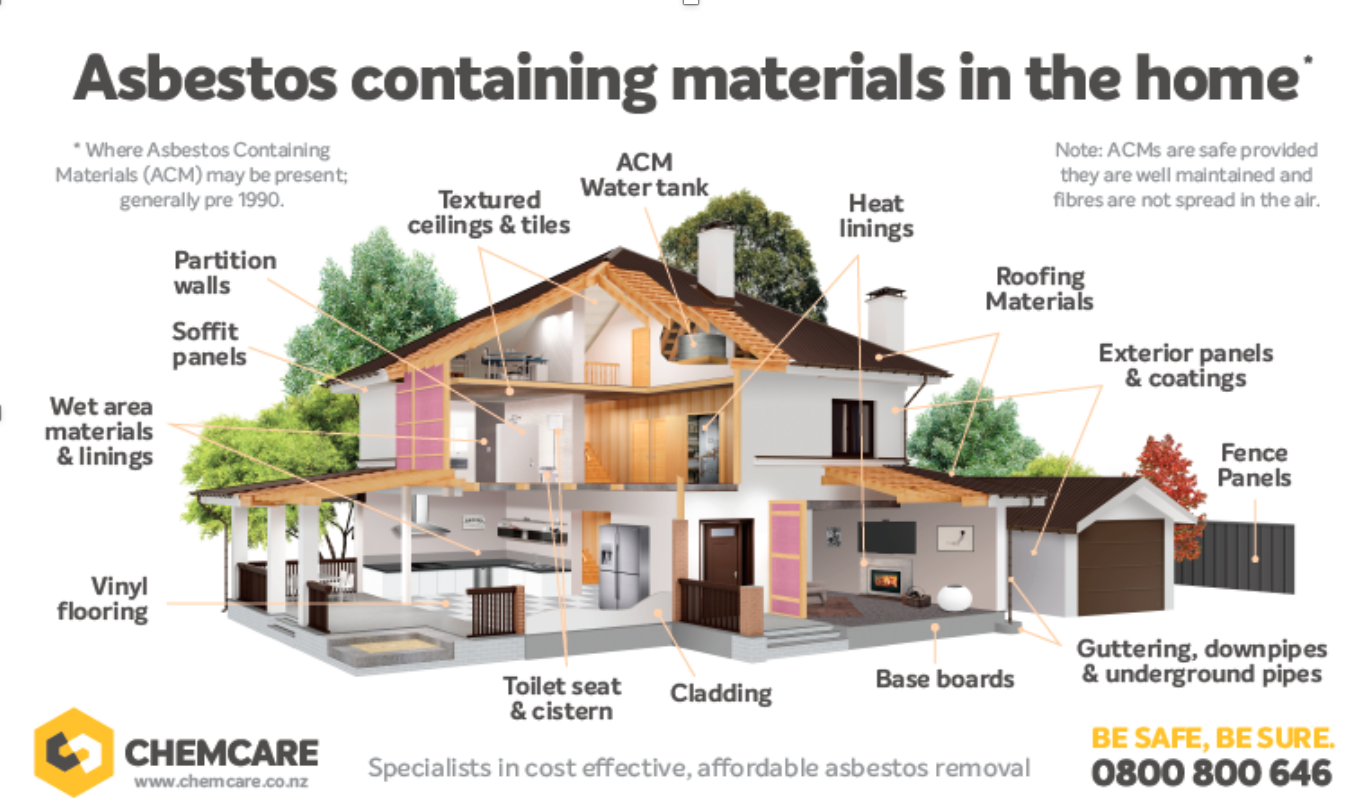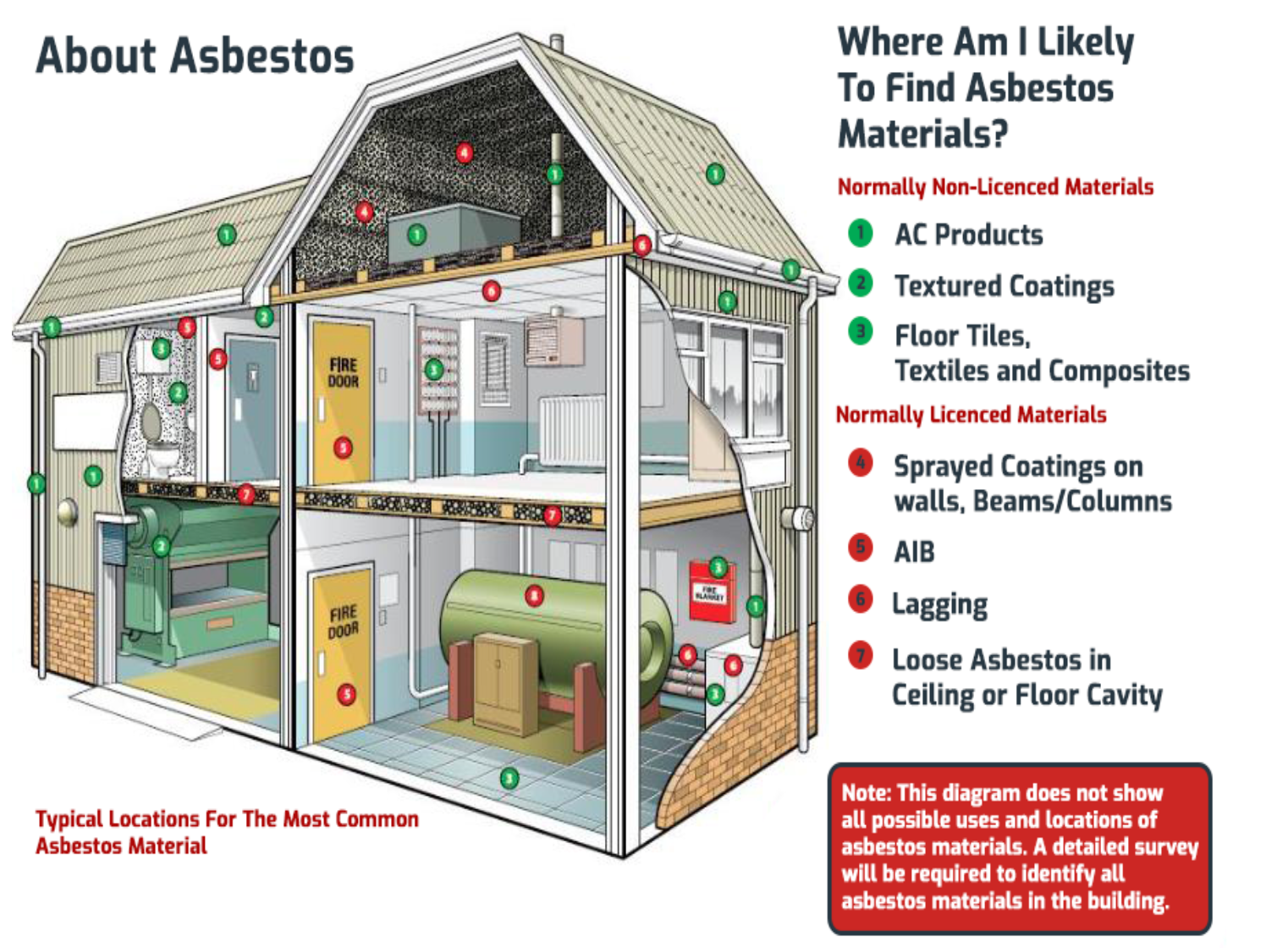 20 years ago, I wrote extensively, and held a rally on Parliament hill regarding the two-faced Canadian Government and Asbestos. At that time, I had just visited India, where I witnessed Canadian Asbestos being unloaded from Vessels, with workers wearing only flip flops and loin cloths using large hooks to grab the bales.
20 years ago, I wrote extensively, and held a rally on Parliament hill regarding the two-faced Canadian Government and Asbestos. At that time, I had just visited India, where I witnessed Canadian Asbestos being unloaded from Vessels, with workers wearing only flip flops and loin cloths using large hooks to grab the bales.
My Investigation revealed that Canada exported 268,000 tons of Asbestos to India each year, illegal to use in Canada, but it was OK to send to India, where many workers took Asbestos fibres home on their clothes, which contaminated the floor where children played, twenty years hence, these children will be the statistics for contracting Mesothelioma Cancer.
The Prohibition of Asbestos and Products Containing Asbestos Regulations was passed in 2018, but certain uses of asbestos remain legal in Canada. Nuclear energy and Canadian military facilities are allowed to use asbestos through 2029. The chloralkali industry has until 2030 to phase out asbestos.
My question is when will the government of Canada call for asbestos to be removed from all public and commercial buildings, says Dr. Bill Pomfret a 50-year veteran in Occupational Health & Safety.
“Just because asbestos use was banned in Canada on December 30th, 2018, some 25 years after all other G8 countries does not mean it has gone away. The Canadian public buildings are still riddled with it, and we know that teachers, nurses, and other workers can become seriously ill, and in many cases die, if they encounter it over time.
“Dr. Pomfret believes that we should remove asbestos from all our public and commercial buildings, and that a national register should be set up, as has been done in European countries.”
A FEW QUICK FACTS ABOUT MESOTHELIOMA IN CANADA
- Asbestos exposure is the No. 1 cause of occupational death in Canada.
- Since 1996, asbestos-related disease has accounted for around a third of workplace deaths in Canada.
- Mesothelioma symptoms include difficulty breathing, wheezing, chest pain and fatigue.
- Asbestos exposure is the primary cause of mesothelioma.
- The primary types of mesotheliomas develop in the lung lining (pleural) and abdominal lining (peritoneal).
Asbestos is a naturally occurring mineral that was once used ubiquitously in manufacturing and construction. It was valued for its heat resistance and ability to strengthen almost anything with which it was mixed.
Its use declined steadily through the past few decades as the public became more aware of its health dangers.
The inhalation of asbestos fibers can lead to several serious health issues, including lung cancer, asbestosis and mesothelioma.
An estimated 3,000 people in the United States are diagnosed each year with mesothelioma. The Canadian government estimated that asbestos exposure was responsible for 1,900 lung cancer and 430 mesothelioma deaths in a single year.
Canada joined 62 other countries from around the world that have banned asbestos, according to the International Ban Asbestos Secretariat (IBAS), leaving more than 100 others that continue to use it.
It is still used legally — but sparingly, in a very restricted way — in the United States. Trade unions and health and safety professionals and HS&E organisations need to look at how HSE manages asbestos in buildings, who is most at risk and how well the current laws for managing asbestos are working.
Dr. Pomfret highlighted how despite being banned more than two decades, asbestos is still the single greatest cause of work-related fatalities in Canada. Pomfret said the Canadian Center for Occupational safety & Health should draw up a plan to remove asbestos which focuses on the highest risk asbestos first, including in schools, military housing etc
Despite the continued risk it presents, Labour department has issued fewer asbestos enforcement notices annually. This is a far greater drop than seen in enforcement activity in general, which has declined over this time by just 10 per cent. There has also been no ‘compelling evidence’ that compliance with the asbestos regulations has improved dramatically during this time, says Pomfret.
The Canadian Center should also be given extra funding and resources not just to manage this process across government and with local authorities, but also to ensure that existing regulations can be properly enforced. Pomfret reports that few prosecutions and fines are given out for breaches of asbestos regulations, and this must change if we are to get on top of this issue. “With an estimated 5000 people still dying every year from asbestos-related diseases, this is not something we can ignore any more.”
Asbestos will be with us, in its many forms for decades or even centuries to come, people need educating on where Asbestos can be, in their homes, workplaces and old building they may visit.
Bio:
Dr. Bill Pomfret of Safety Projects International Inc who has a training platform, said, “It’s important to clarify that deskless workers aren’t after any old training. Summoning teams to a white-walled room to digest endless slides no longer cuts it. Mobile learning is quickly becoming the most accessible way to get training out to those in the field or working remotely. For training to be a successful retention and recruitment tool, it needs to be an experience learner will enjoy and be in sync with today’s digital habits.”
Every relationship is a social contract between one or more people. Each person is responsible for the functioning of the team. In our society, the onus is on the leader. It is time that employees learnt to be responsible for their actions or inaction, as well. And this takes a leader to encourage them to work and behave at a higher level. Helping employees understand that they also need to be accountable, visible and communicate what’s going on

